Traditional Chinese Medicine Health, Wellness Classics, Wishing You Continuous Health
More
Knowledge
Sharing
Follow us for daily wellness knowledge.
Learn the wisdom to avoid illness.
Qi Huang Learning SocietyMaking Traditional Chinese Medicine more beautiful | more interesting | more relevant to life
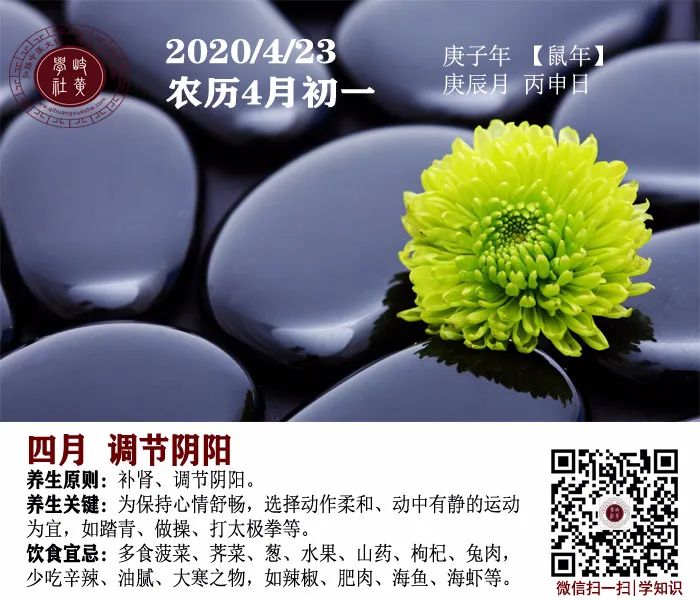

 Here is a piece of light music to share,
Here is a piece of light music to share,  wishing you a pleasant day.
wishing you a pleasant day.
In Traditional Chinese Medicine (TCM), there are many specialized terms, such as “dampness”. This term refers to a common condition in the human body. When dampness occurs, a series of abnormal symptoms may arise.

Article Directory
1. What does dampness mean in TCM?
2. What are the symptoms of excessive dampness?
3. What are the dangers of excessive dampness?
4. How to regulate excessive dampness?
5. What foods are good for excessive dampness?
What does dampness mean in TCM?
“Wind, cold, heat, dampness, dryness, and fire” are referred to as the “six excesses” in TCM. Dampness is one of the six excesses and is also one of the more difficult conditions to eliminate.Dampness can be categorized into internal dampness and external dampness. External dampness refers to the invasion of damp pathogens from the environment, often due to prolonged exposure to humid conditions. Internal dampness refers to the body’s inability to properly transform and transport normal bodily fluids, leading to accumulation and retention, resulting in dampness-related diseases. This can also be understood as a slowing of the body’s metabolism, causing fluids to not be expelled normally.
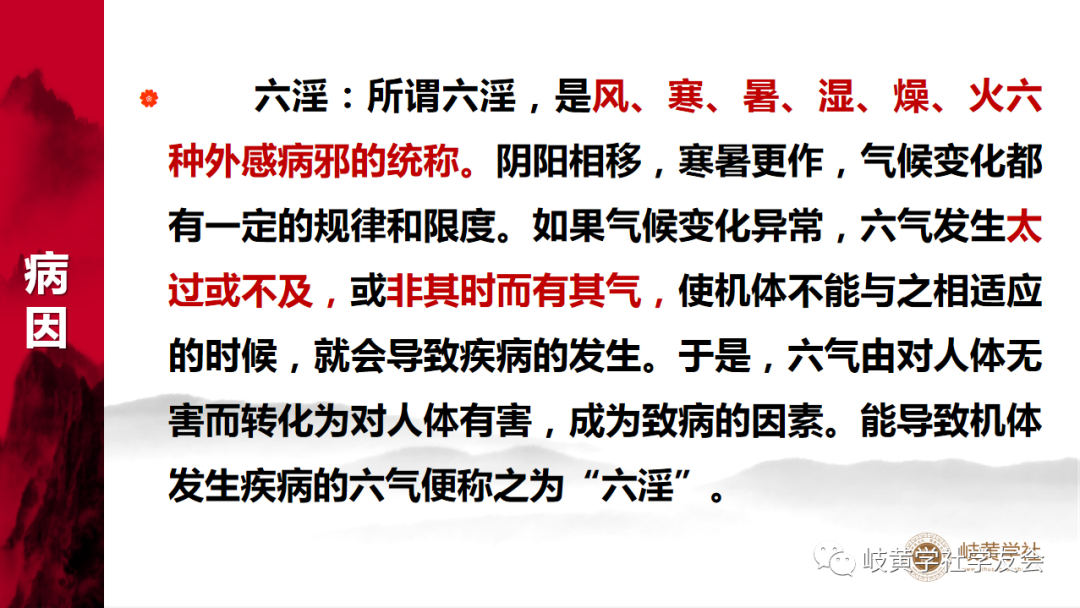
Excessive dampness is often caused by irregular diet, such as excessive consumption of spicy, fragrant, and greasy foods, leading to heat damaging the middle jiao and depleting the spleen yin; or emotional stress and fatigue, causing internal heat to rise and consume yin fluids, thereby harming the spleen yin; or due to kidney water deficiency, which fails to nourish the spleen, resulting in insufficient spleen yin. Additionally, prolonged exposure to damp, heat, and dryness can also lead to spleen yin deficiency.
What are the symptoms of excessive dampness?“Oily complexion”
When dampness invades the body, the hair and face will show reactions. The body may sweat excessively, hair may become greasy, and the face may appear shiny and oily. If not cleaned, it can significantly affect the overall appearance of the face.
Sticky stools
Healthy stools are generally soft and well-formed. If your stools lack shape and are sticky, making them difficult to flush away, it indicates that your body has excessive dampness. Individuals with excessive dampness often have weak spleen and stomach functions, leading to symptoms such as indigestion and poor appetite.
Poor mental state
Check your mental state; if you often feel lethargic and find it hard to concentrate during the day, no matter how much you sleep at night, it may also indicate excessive dampness. Additionally, those with excessive dampness often have dull complexions, puffy eyes, and severe dark circles, making them appear much older.
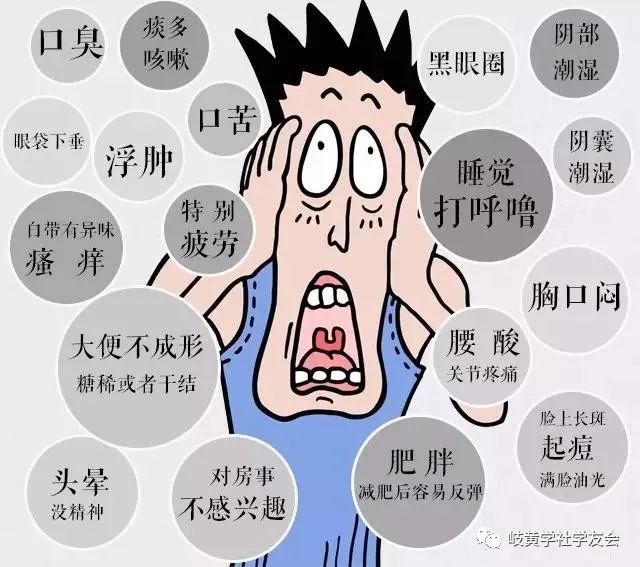
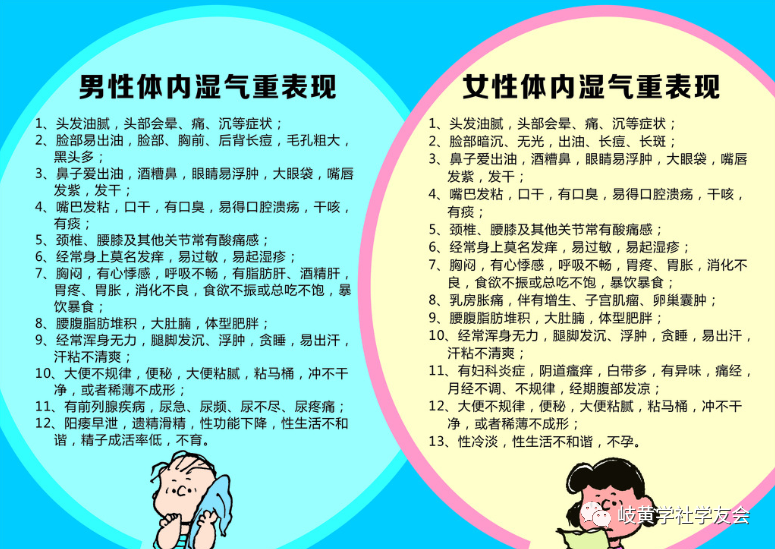
What are the dangers of excessive dampness?Joint damage
Dampness entering the joints, when combined with “cold”, forms cold dampness, which is a significant cause of inflammation and joint pain.
Leukorrhea disorders
Excessive dampness in the body can lead to spleen deficiency, causing dampness to descend and resulting in women experiencing excessive leukorrhea with unusual odors, and in severe cases, inflammation.
Menstrual irregularities
Women who frequently live in damp environments or expose their bodies to dampness may have weaker constitutions, experiencing fatigue in their limbs, low-grade fevers, reduced menstrual flow, and dysmenorrhea around their menstrual periods.
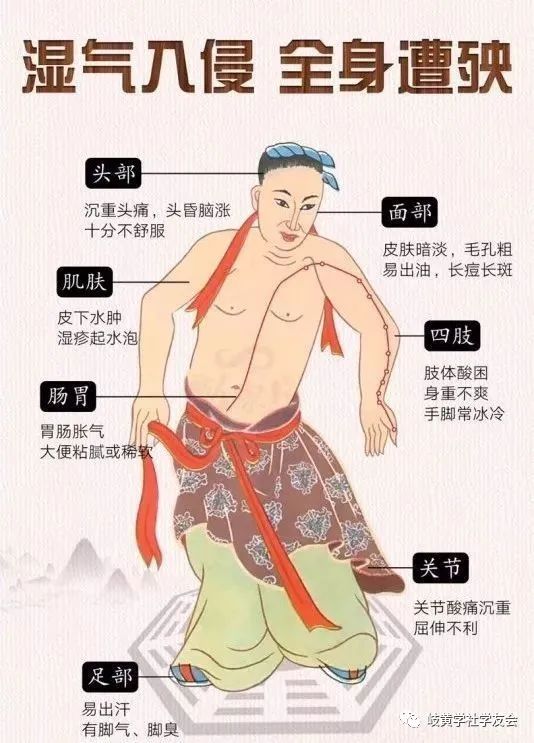
How to regulate excessive dampness?Exercise regularly
Individuals with excessive dampness can relieve pressure through exercise, promoting metabolism and expelling dampness. Running, swimming, yoga, and Tai Chi are excellent choices to accelerate blood circulation.
Eat light foods
Cool, raw fruits and vegetables can cause gastrointestinal discomfort. Alcohol, milk, and meats are hard to digest. Therefore, during the dampness phase, it is best to eat light foods.
Practice deep breathing
Deep breathing helps adjust lung function and can help expel dampness. Dampness can be released through breathing, keeping the airways clear.
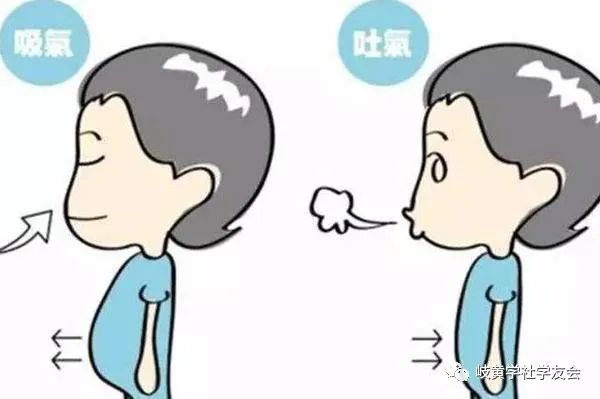
Avoid damp environments
The living environment significantly impacts dampness. If one does not pay attention to their living environment or certain habits, it can easily lead to increased dampness. Therefore, it is essential to avoid damp environments.
Regularly massage the legs
Particularly focusing on the Yongquan (Kidney 1) and Zusanli (Stomach 36) acupuncture points can help promote the flow of qi and blood. You can also massage the entire leg.
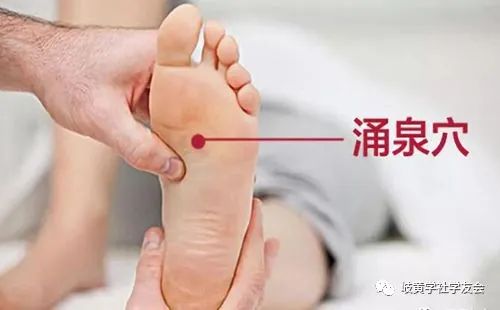
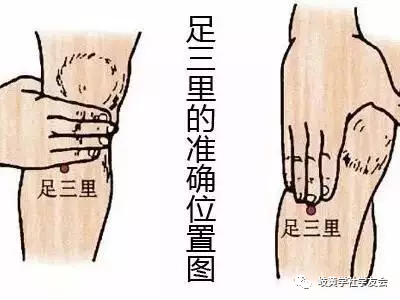
Recommended reading, click the text below to learn more about dampness removal.
>>>>Failure to eliminate dampness can lead to endless troubles! Eating these can help reduce dampness!
>>>>Using 8 TCM tips in winter for quick dampness removal and detoxification, which your doctor may not have told you.
What foods are good for excessive dampness?
In TCM, treatment should be based on syndrome differentiation. Students who are unclear should not take remedies casually! The formulas shared by Qi Huang Learning Society should be taken under the guidance of a physician.
He Shuang (Herbal Dampness-Removing Soup), ingredients needed: 30 grams of cotton flower and egg flower, 30 grams of sophora flower and coix seed, 100 grams of lean meat, and 30 grams of fried lentils, along with 12 grams of dried tangerine peel or sand ginger. Place the cotton flower, egg flower, sophora flower, coix seed, lean meat, fried lentils, and dried tangerine peel in a clay pot, add water, bring to a boil over high heat, then simmer for 60 minutes. This is suitable for friends with damp-heat spleen deficiency.
Foods that clear heat and expel dampness include the Clear Heat and Expel Dampness Soup. Ingredients include 250 grams of earth poria and kudzu, 50 grams of red beans and lentils, half a dried tangerine peel, and eight bowls of water. Peel and cut the earth poria and kudzu into pieces, boil in a pot, then simmer for 3 hours. This soup can clear heat, expel dampness, and detoxify.
Quail Dampness-Removing Soup requires four quails, 50 grams of coix seed and lily, and three slices of ginger. Place the quail, coix seed, lily, and ginger in a pot, add water, and simmer for 1.5 hours. The main effects of Quail Dampness-Removing Soup are to clear heat, expel dampness, and moisten the lungs to resolve phlegm.
For more content, students can click on our public account personal center and select my course [Basic Theory of TCM] to learn about the causes of diseases (as shown in the image below) and learn more about the “wind, cold, heat, dampness, dryness, and fire” referred to as the “six excesses” in TCM.

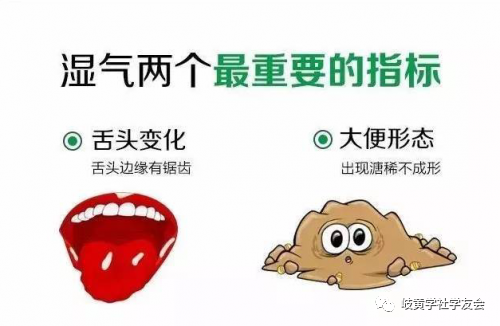
(Warm reminder: This article is for reference only. TCM emphasizes syndrome differentiation in treatment. Do not treat food therapy as a universal remedy. Alleviating symptoms does not have shortcuts, and individual conditions vary. Patients should seek a doctor’s advice to find the most suitable treatment method for themselves.
Some images and text are sourced from the internet, and the copyright belongs to the original authors. If there is any infringement, please inform us.


